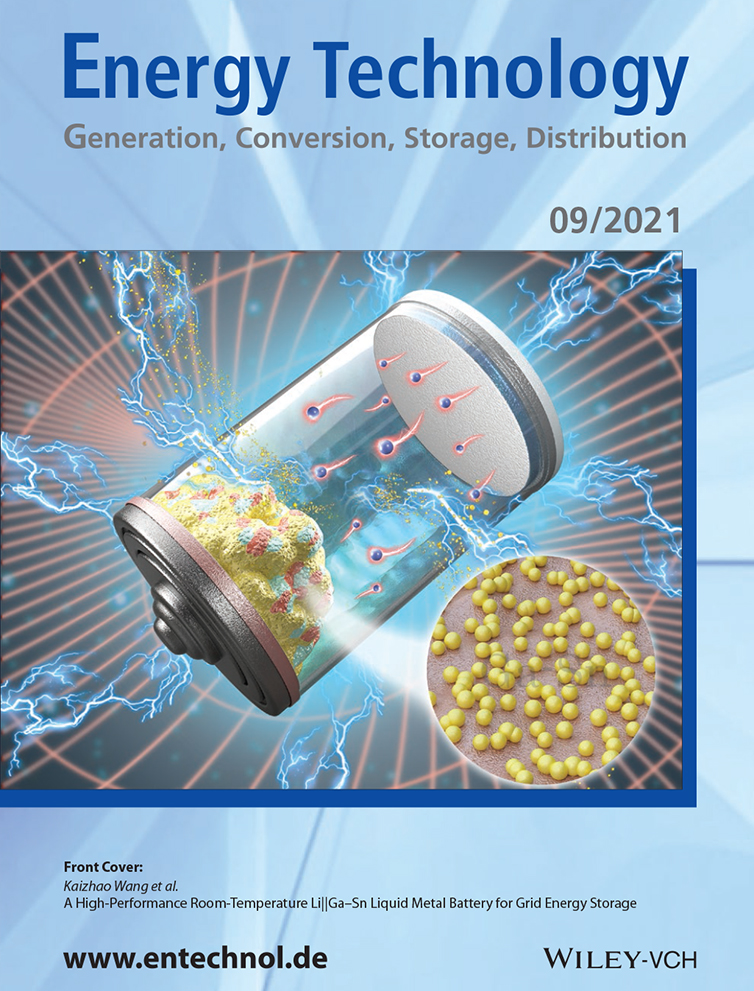Cobalt Nanoparticles Encapsulated in Hollow Carbon Nitride Nanotubes for Efficient Photocatalytic Hydrogen Evolution
Abstract
A high-efficiency and low-cost photocatalytic catalyst containing cobalt nanoparticles wrapped in hollow carbon nitride nanotubes is designed and the high-efficiency Schottky junction is constructed. Profiting from the framework support of the hollow carbon nitride nanotubes, the cobalt nanoparticles are evenly distributed. The introduction of cobalt nanoparticles not only provides a large number of active sites for hydrogen evolution, but also accelerates the migration rate of photogenerated carriers by forming a heterojunction with the carbon nitride. The narrowing of the bandgap after catalyst recombination facilitates the excitation of electrons, thereby accelerating the rate of hydrogen evolution of the catalyst. In addition, the composite catalyst has a larger specific surface area, better light absorption capacity, and higher photoresponse intensity. The hydrogen evolution rate of the composite catalyst in 5 h reaches 16 687.3 μmol g−1, equal to 84 times that of original carbon nitride. Herein, a new strategy for designing non-noble metal nanoparticles wrapped in hollow carbon nitride nanotubes to expose more active sites to achieve an efficient hydrogen evolution reaction is provided.
Conflict of Interest
The authors declare no conflict of interest.
Open Research
Research data are not shared.




